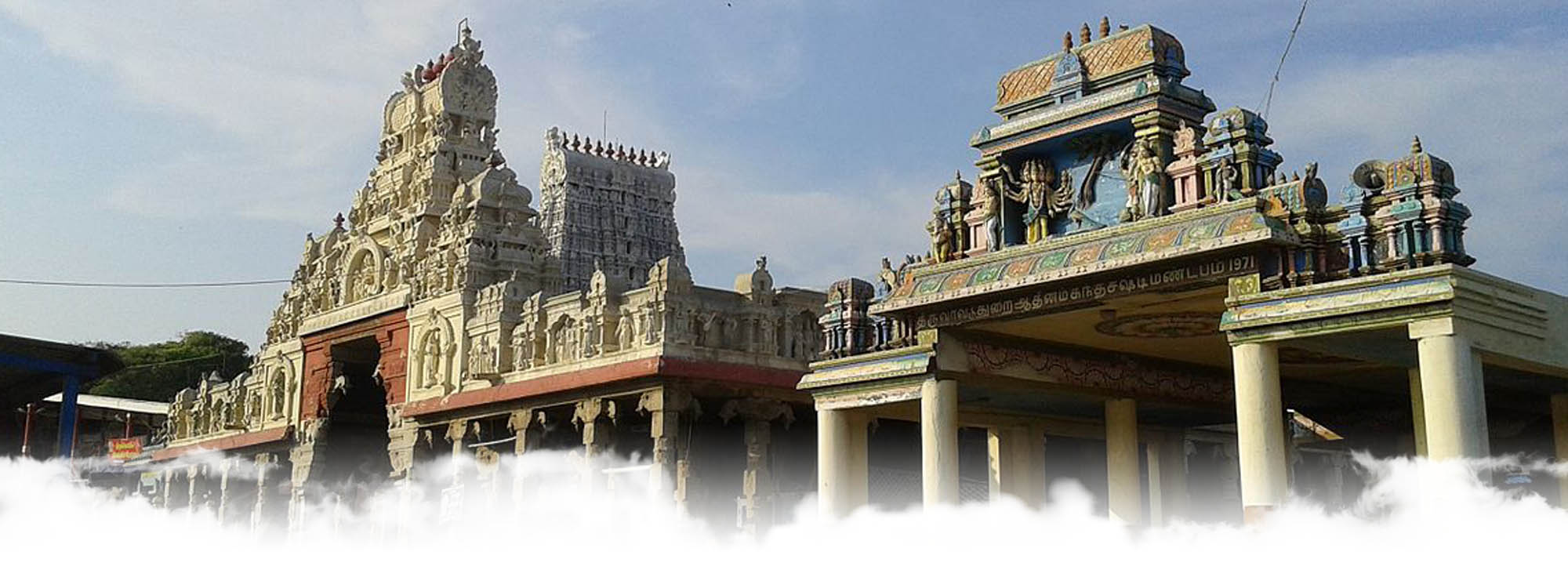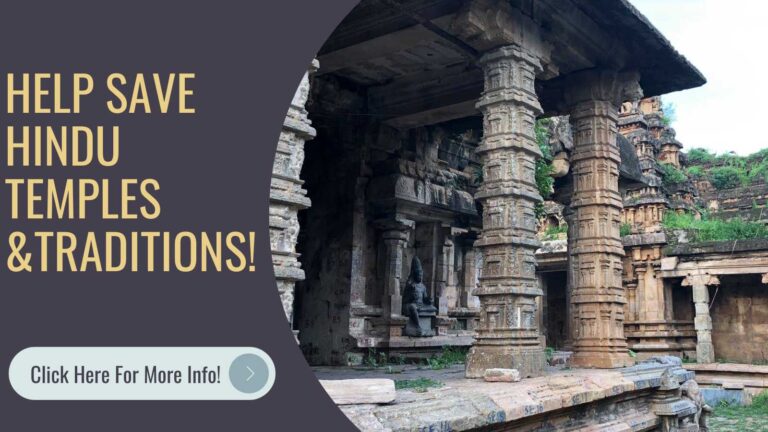
Thiruchendur Murugan temple
Tiruchendur, a tiny but beautiful coastal town located in the Thoothukudi district in the southern Indian state of Tamil Nadu. The Thiruchendur Murugan Temple attracts millions of devotees every year who come to pay respect to the in-house deity of Lord Murugan.
The temple’s history is rooted in the story of Lord Murugan’s ultimate battle, which is widely believed by many as the purpose of his birth. It is one of the only few temples in India which houses various avatars of Lord Vishnu and Lord Shiva within the same boundary.
The shrine at Thiruchendur was built as a symbol to mark the victory of Lord Murugan over the demon king Surapadman after a long vicious battle. As the legend says, after Lord Murugan finished Surapadman, he wanted to thank his father Shiva, for which he summoned the divine architect Mayan and the shrine was laid.
Story Behind the Temple

The Temple was captured by the Dutch East India company between the years 1646 to 1648, on course of their war with the Portuguese. The Dutch finally agreed to vacate the Temple on orders from the Naik ruler but not before they looted away the idols and took them along to Galle, Dutch Ceylon. The idols were finally returned after many negotiations with the ruler. This incident has many stories associated with it, to which even science doesn’t offer any explanation.
The Ancient Architecture
Miracles
Like most of the ancient structures in India that have a string of seemingly unbelievable tales and miracles attached to them, the Thiruchendur temple, too has its share of unexplainable events that make it a legend.
The Dutch curse
One such story goes back to the time when the desire for power and greed lured the Europeans across the Asian subcontinent. Most of their conquests were in vogue. Ancient India was touted as The World’s Golden Bird with trade network spreading as far as Egypt and Greece.
Hence most conquests were flagged off with the sole intention of greed-driven plundering.
When a group of Dutch mercenaries stumbled upon the temple in Thiruchendur in 17th century AD, they wreaked havoc looting everything in sight. Even taking along the idol of Murugan, which they foolishly assumed to be entirely made of gold.
But fate had something other in store for them.
Having crossed only a few nautical miles, they fell prey to a storm so daunting that the sailors began to believe that it was the wrath of the Lord Murugan from the temple they had looted, which must have triggered the thunderstorm. Frightened out of their minds, they heaved the idol into the ocean.
According to the locals, the ominous demeanor that had set on the skies had only a second ago mysteriously vanished the moment the tip of the statue touched the surface, much to the soldiers’ relief. As the mercenaries began to move forward with their journey, the idol sank into the depths of the ocean.
It is said Murugan urged one of the priests who performed the sacerdotal duties in the shrine in his dream to bring back the idol from the clutches of the ocean.
The priest and his accomplices finally managed to retrieve the idol following Murugan’s instructions.
Another incident that is sure to give goosebumps to anyone who’s hearing. It is not a thing of a past, but quite a recent one.
The 2004 Tsunami
Experiences shared by one of the devotees-
“I would like to share my personal experience with Lord Murugan. I had wanted to offer my hair to the Lord of Tiruchendur since my childhood, and the opportunity came in March 2003 when I, along with my parents, went, and I made the offering to the Lord.
My father, who is 70 years old, had been suffering from severe psoriasis for the past three years. He was taking allopathic treatment, and this was to no avail, instead of resulting in only monetary loss. My father never evinced interest in God and never used to go to temples. Both his hands, right from his elbow to the wrist, were covered with a thick layer of the wound like skin formations and eruptions. He always used to wear a full-sleeved shirt in order to avoid embarrassing looks from others.
I am basically from Nagerkoil town (Kanya Kumari district, Tamilnadu state). After having visited my native village, we went to Tiruchendur on 19th March 2003 and offered our prayers to the almighty. I made the hair offering on the 20th the next day. I tonsured my head early in the morning before 6 a.m. and took a bath in the sea.
Later my parents and I went to the temple premises, which was heavily crowded as the previous day was Panguni Uttiram day of Lord Muruga. We went around the temple and finally entered the sannidhi of the Lord. The priests gave us a hand full of vibhuti (holy ash), which we promptly smeared on our bodies. My mother and I advised the father to smear it on the affected parts of the skin, and my father obliged. We returned back to Hyderabad on 26th March. My father did not apply any medicine to the skin in the meantime.
Believe me, I swear, on 30th March, lo and behold! I was surprised to see the hands of my father were smooth and without any infection. Even my mother could not believe her eyes when she saw this. My father’s disease has vanished into thin air. The affected part now looks as normal as any other part of the skin.
Since then, my father started reciting mantras, especially the all-powerful Skanda Shashti Kavacam, and is now a devoted Murugan bhakta. I would like everyone to share my experience and also build credence in the all-powerful Murugan.“
Ravi Shankar
Interesting Facts
- Thiruchendur Murugan is the only Temple out of the six abodes of Muruga, which is located near a seashore while the other five are located in hilly regions.
- It is one of the largest temple complexes (by area) in entire India, and it is one of the most visited temple complexes in India with devotees flocking from countries like Singapore, Malaysia, Sri Lanka, England, and Australia.
- This is the only Temple where Raja Gopura is situated in the western gate. This Temple was not constructed by Kings but was built by three holy saints.
- In terms of wealth and funding, it one of the top contenders and is among the wealthiest temples in India.


